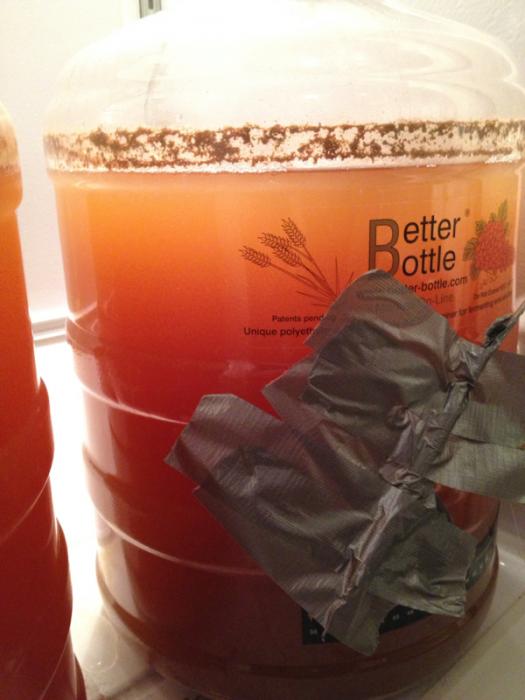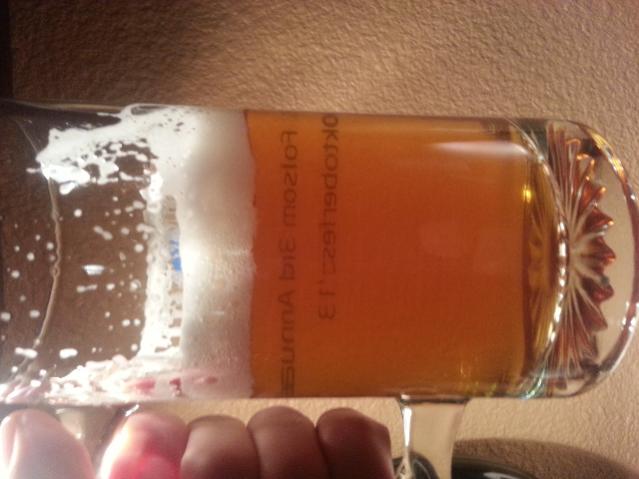So I was very impressed with my first attempt at gelatin. I used the 1T/5gal ratio mentioned here and had dramatic clearing on 2 pilsners that are currently lagering.
I have 10 gallons of ESB brewed last Friday. 5 gallons is fermenting with WLP002. 5 is fermenting with WLP005. My current plan is to keg all but 5 liters from each batch. I got my hands on a couple of 5 liter mini kegs. The hope is to rack 5L of each beer into the mini kegs, prime with a small amount of corn sugar, then serve them at a 4th of July gathering as "cask ales" using the vented bung and gravity tap.
My decision now is, when to add the gelatin? These are both highly flocculating yeasts and I want to leave something in the tank to carb up the 5L casks. I figure I have 3 options:
1. Skip gelatin altogether. Since these are high floc yeasts, I figure I would get one, no more than 2 cloudy pours from an upright cask before the beer runs clear.
2. Add gelatin 4-5 days before racking. Then rack to keg and cask. I'd put sugar in the cask and hope there was enough yeast still in suspension to carbonate it.
3. Add gelatin to the kegs, then rack the full 10 gallons into 2 cornys, on top of the gelatin. Then push 5L from each corny into the cask and add sugar. Allow it to carbonate and hope the gel/yeast/trub layer in the bottom of the cask is not thick enough to cause issues with the gravity tap.
I am leaning toward option 2, with option 1 as a close runner up. Since I've not used the 5L casks before, it would be nice to see the trub level I get in one before I actually start putting beer with gelatin still in suspension into one. Option 2 sounds like it should work as a number of people on this thread mention gelatin leaving enough yeast in suspension to still naturally carb the beer. I know option 1 will work, but it would sure be nice to be pouring relatively clear beer from the first pour, since I imagine the casks will go quickly knowing my family/friends.
Any suggestions before I just charge blindly ahead?












































![Craft A Brew - Safale BE-256 Yeast - Fermentis - Belgian Ale Dry Yeast - For Belgian & Strong Ales - Ingredients for Home Brewing - Beer Making Supplies - [3 Pack]](https://m.media-amazon.com/images/I/51bcKEwQmWL._SL500_.jpg)

















